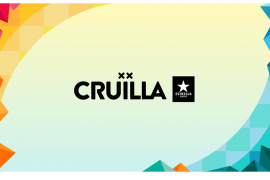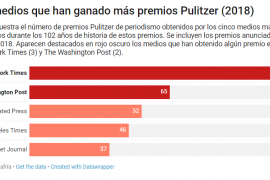Households in the European Union spent 8.5% of their total spending on entertainment and culture in 2017, six tenths less than the 9.1% spent ten years earlier, in 2007, according to data provided by Eurostat, the European statistical office.
 In absolute figures, the percentage is equivalent to 712,431 million euros, which represents 4.6% of the Gross Domestic Product (GDP). The average cost per inhabitant was 1,400 euros throughout the year 2017.
In absolute figures, the percentage is equivalent to 712,431 million euros, which represents 4.6% of the Gross Domestic Product (GDP). The average cost per inhabitant was 1,400 euros throughout the year 2017.
The European countries in which households spent a greater part of their spending on culture and entertainment were the Nordics: Denmark (11.5%), Sweden and Iceland (11%) and Finland (10.5%).
On the other hand, those who spent a lower percentage were Greece (4.6%), Romania (5.8%), Ireland and Luxembourg (both with 5.9%).
Spain, with 7.4%, was 1.1 points below the average of spending on culture and entertainment in the EU.
In most EU countries the percentage of household spending on culture and entertainment fell during the last decade. The country with the greatest decline was Finland, which went from 12.3% in 2007 to 10.5% in 2017, with a decrease of 1.8 points. On the other hand, in Slovakia it increased 1.4 points, from 9% to 10.4%. In Spain, the decline was six tenths: from 8% in 2007 to 7.4% in 2017.
In absolute figures, the highest average expenditure per inhabitant in culture and entertainment in 2017 was in Iceland, with 3,700 euros. The lowest was in Romania (300 euros). In Spain, it was 1,100 euros. The following graph and map show the complete data:




















